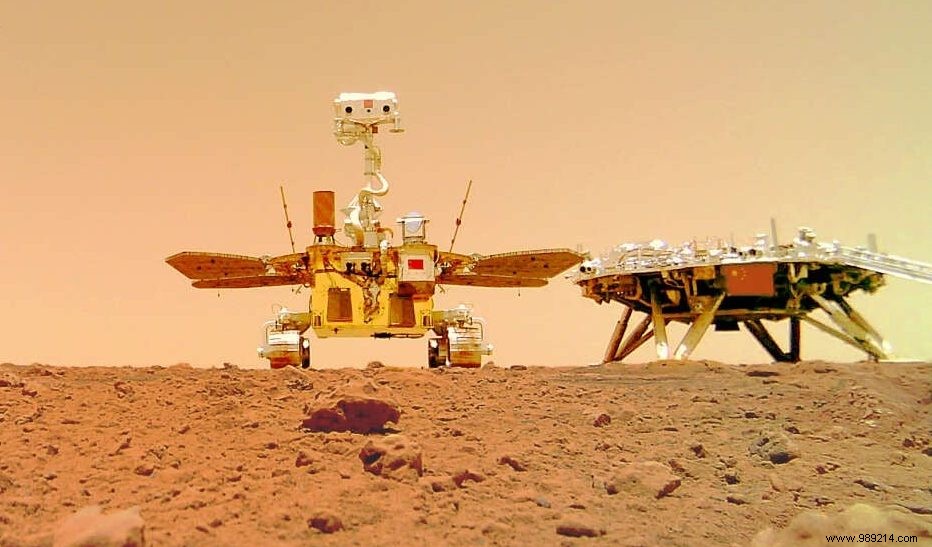At the request of the National Natural Science Foundation of China, a group of scientists is currently working on the development of an ultra-large spacecraft. Preliminary research will focus on examining the challenges of lightweight structure development and in-orbit assembly.
Over the past twenty years, the Chinese National Space Agency (CNSA) has achieved several historic milestones, from sending astronauts into space to deploying three orbital stations, to successful rover landings on the Moon and Mars. And the country does not intend to stop there. Like NASA or SpaceX, China plans to build a research base on the Moon. There would also be talk of a manned mission to Mars from 2033.
More interestingly and surprisingly, the country's leaders are also reportedly considering the development of a kilometer-scale "ultra-large spacecraft". Positioned in low Earth orbit (LEO), such a structure could then allow long duration missions and promote the exploitation of extraterrestrial resources . At least, that's the plan.
A few weeks ago, the National Natural Science Foundation of China promised an envelope of 15 million yen (about 1.94 million euros) to start research . One of the main goals of the project would be to find ways to reduce the mass of the craft while ensuring that it can be assembled in orbit, according to an initial report by the South China Morning Post .

For now, this is obviously only a project on paper, but the proposal raises some questions. Starting with the cost of such a structure and the logistics associated with its development.
As a reminder, the assembly of the International Space Station (ISS), which is currently the largest artificial structure ever assembled in orbit, required no less than 42 flights, of which 36 were carried out by American space shuttles, while the others were carried out with Russian Proton or Soyuz-U launchers. In total, the development of the ISS would have cost no less than 150 billion dollars . About four billion dollars are also disbursed annually for operations and general maintenance. And yet, the ISS measures 109 meters from end to end.
Anyway, it will be interesting to keep an eye on this exceptionally large project. It's not the only one in the papers. Chinese officials plan to use its next superheavy launch vehicle, currently under development, to build a massive space solar power plant in geostationary orbit. More than ever, China takes its new status as a major space player very seriously.